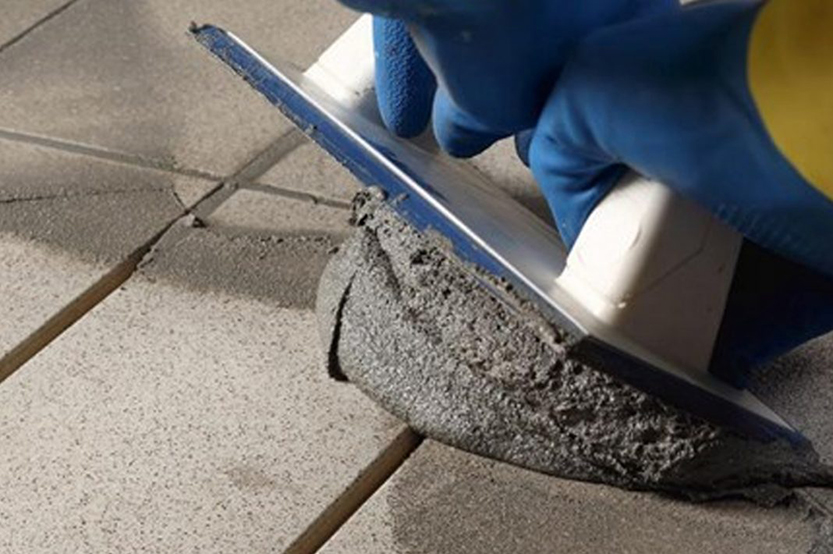
ጥቅም . 22, 2024 02:28 Back to list
Understanding the Basics and Applications of HPMC in Various Industries
Understanding HPMC A Vital Polymer in Modern Applications
Hydroxypropyl Methylcellulose (HPMC) is a versatile and widely used polymer derived from cellulose, the most abundant organic polymer on Earth. This compound has gained significant attention in various industries—ranging from pharmaceuticals to food production—due to its unique properties. In this article, we will explore what HPMC is, its characteristics, and its applications across different fields.
What is HPMC?
HPMC is a semi-synthetic polymer that is created by chemically modifying cellulose. The process involves the substitution of hydroxyl groups in cellulose with hydroxypropyl and methyl groups, which enhances its solubility in water. This modification allows HPMC to dissolve easily in both hot and cold water, forming a clear and viscous solution. This significant feature differentiates HPMC from other cellulose derivatives, making it a valuable ingredient in many formulations.
Characteristics of HPMC
One of the most notable properties of HPMC is its ability to act as a thickening, binding, and film-forming agent. HPMC solutions exhibit pseudoplastic behavior, which means they become less viscous under shear stress. This property is crucial in applications such as coatings and adhesives, as it allows for easy application and adherence while providing a strong hold upon drying.
.
Applications of HPMC
hpmc چیست

1. Pharmaceuticals In the pharmaceutical industry, HPMC is primarily used as a binder in tablets and capsules. Its excellent film-forming properties make it ideal for controlling the release of active pharmaceutical ingredients. Furthermore, HPMC is utilized in the preparation of viscous solutions and gels, used in eye drops and topical formulations.
2. Food Industry HPMC is widely recognized as a food additive, commonly known as E464. It serves various functions, including as a thickening agent, emulsifier, and stabilizer. Its ability to improve the texture and mouthfeel of food products is invaluable in the production of sauces, dressings, and baked goods. HPMC is also used in gluten-free formulations, where it helps recreate the texture provided by gluten.
3. Construction In the construction industry, HPMC is incorporated into cement-based products, such as mortars and plasters. It enhances workability, improves adhesion, and helps retain water during the curing process, ensuring the durability of construction materials.
4. Cosmetics and Personal Care HPMC is also a prominent ingredient in cosmetic formulations, where it acts as a thickener and stabilizer. It helps achieve the desired viscosity and texture in creams, lotions, and gels.
5. Industrial Applications Beyond consumer products, HPMC is employed in various industrial applications, including paints, coatings, and inks. Its role as a thickener and film-former helps improve the application process and final product quality.
Conclusion
HPMC is a multifaceted polymer with a broad range of applications that significantly impact various industries. Its unique properties, such as water solubility, non-toxicity, and film-forming ability, make it an essential ingredient in pharmaceuticals, food production, construction, cosmetics, and industrial applications. As industries continue to evolve and seek sustainable alternatives, HPMC’s significance is likely to increase, underpinning its role as a crucial component in future innovations. Understanding and harnessing the potential of HPMC is essential for researchers and manufacturers looking to create effective and safe products for consumers.
-
Versatile Hpmc Uses in Different Industries
NewsJun.19,2025
-
Redispersible Powder's Role in Enhancing Durability of Construction Products
NewsJun.19,2025
-
Hydroxyethyl Cellulose Applications Driving Green Industrial Processes
NewsJun.19,2025
-
Exploring Different Redispersible Polymer Powder
NewsJun.19,2025
-
Choosing the Right Mortar Bonding Agent
NewsJun.19,2025
-
Applications and Significance of China Hpmc in Modern Industries
NewsJun.19,2025







